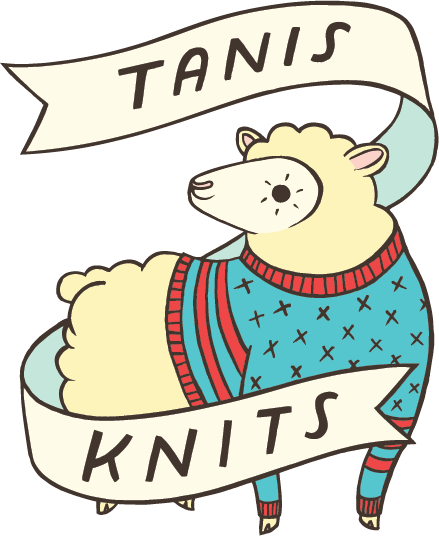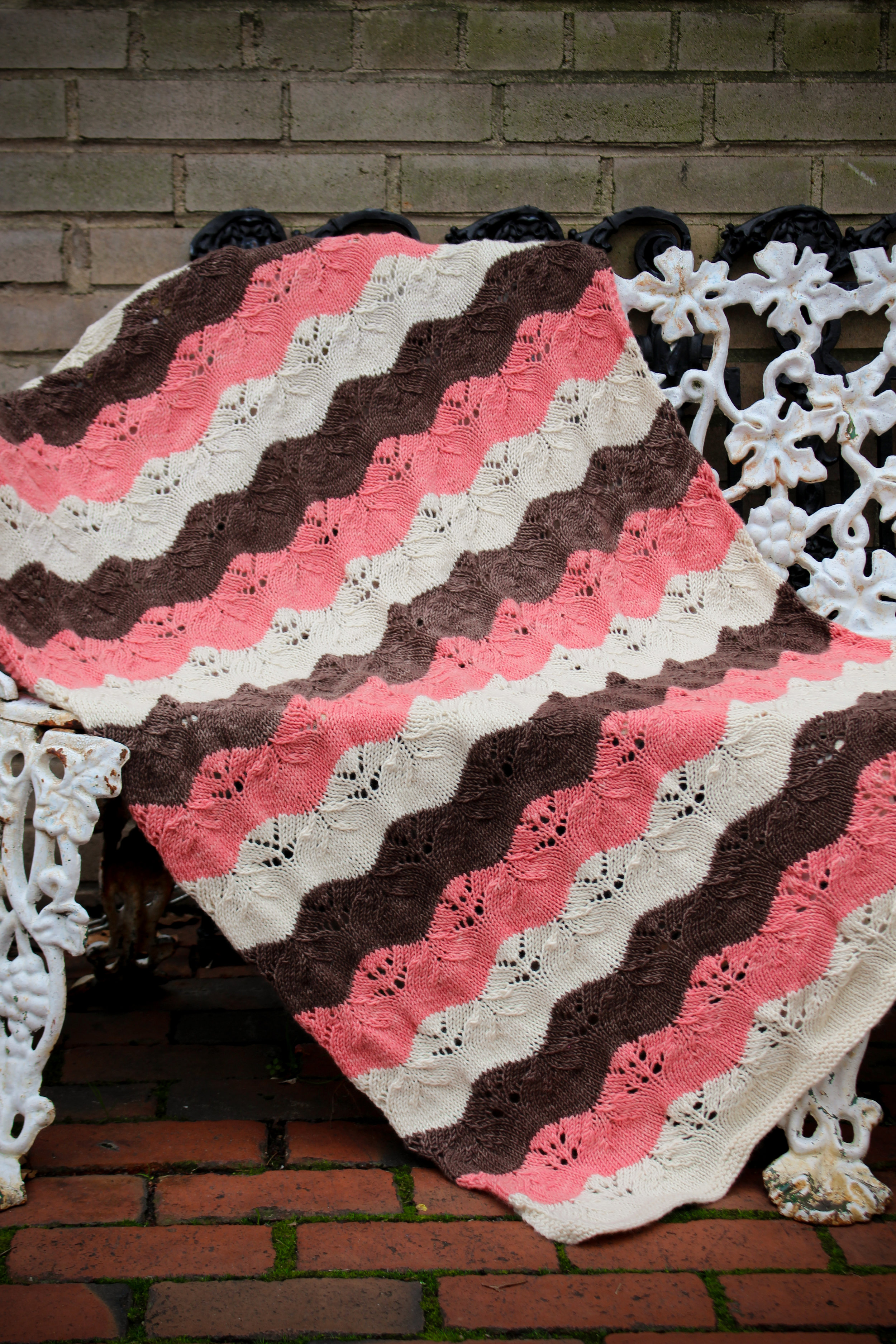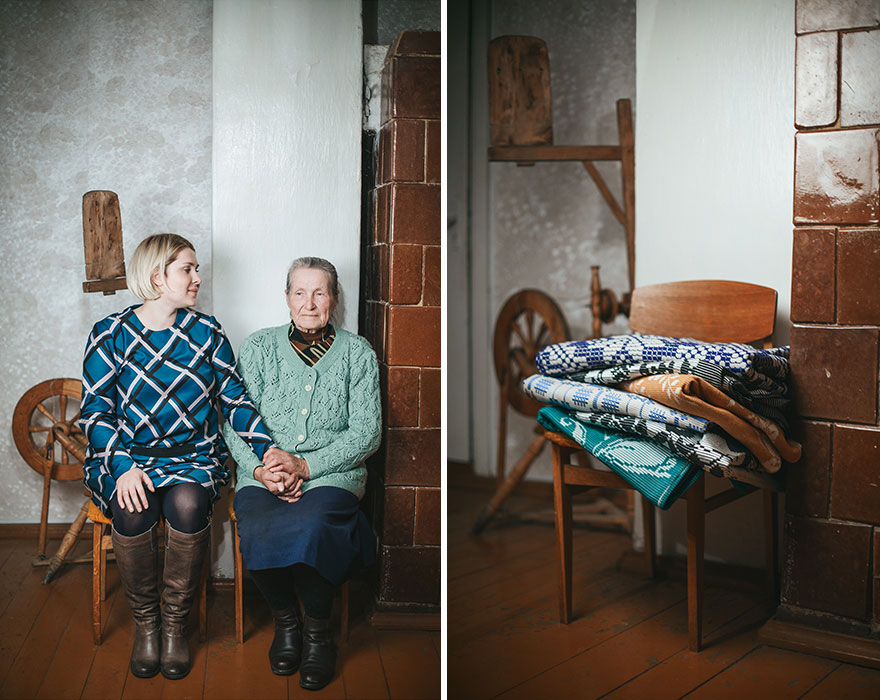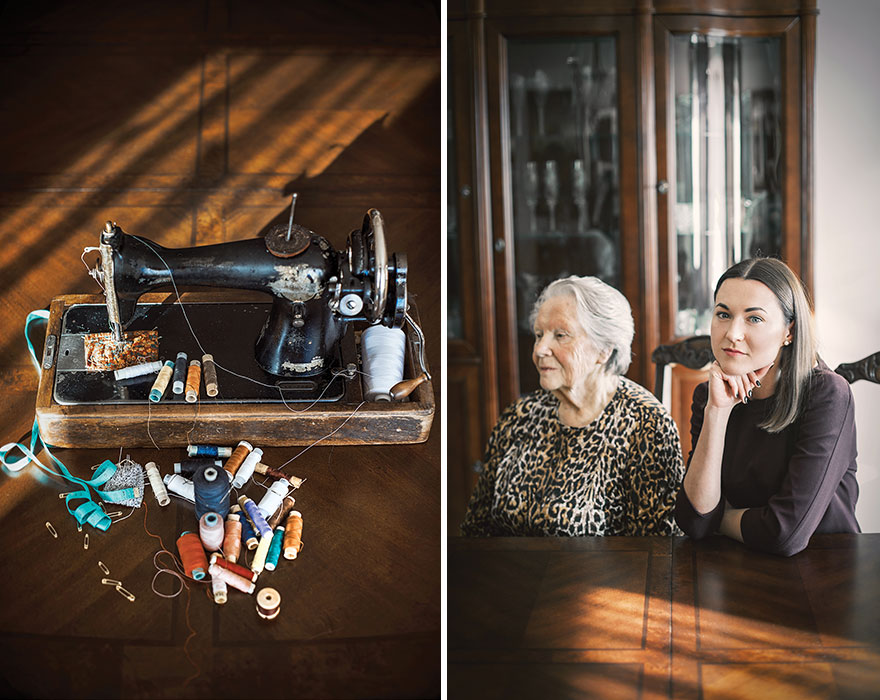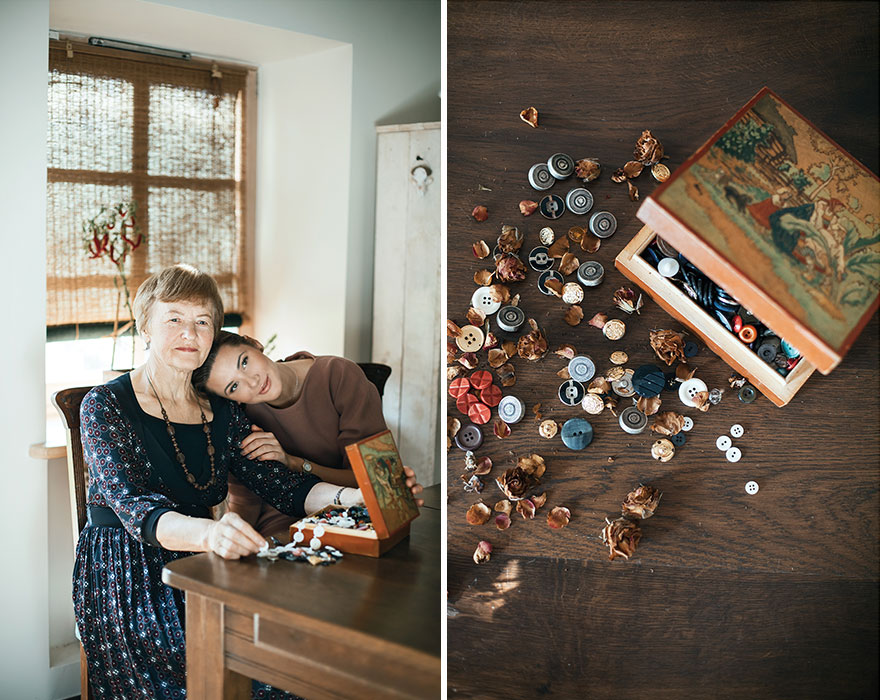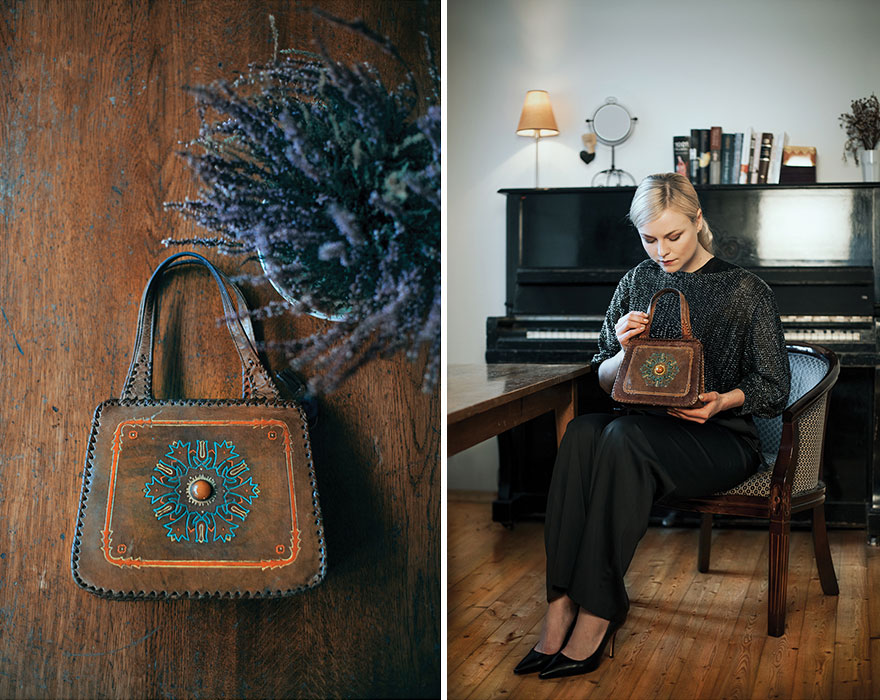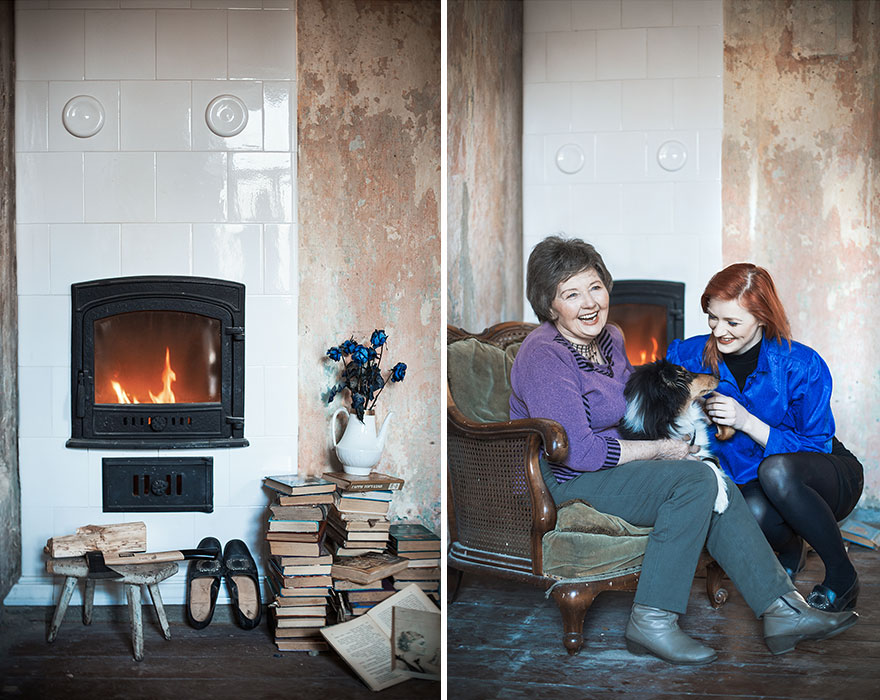UPDATE 1/8/16: Congratulations to winner Gillian! Gillian, check your email! --------------------------------------------------
Despite my fate of coming from a long line of lactose-intolerant Gray's, I love Neapolitan ice cream. I can't remember the last time I had it, but there's just something about it. Is it the bright splash of color in a dish? The delightful combination of strawberry, vanilla and chocolate, all classic choices swirling together in a wonderful jumble of sticky, sugary goodness? I don't know, but it's good stuff.
Our friends at Wikipedia tell us, "Neapolitan ice cream was named in the late 19th century as a reflection of its presumed origins in the cuisine of the Italian city of Naples, and the many Neapolitan immigrants who brought their expertise in frozen desserts with them to the United States. Spumoni was introduced to the United States in the 1870s as Neapolitan-style ice cream. Early recipes used a variety of flavors; however, the number of three molded together was a common denominator, to resemble the Italian flag. More than likely, chocolate, vanilla, and strawberry became the standard for the reason that they were the most popular flavors in the United States at the time of introduction." That's probably more than you ever wanted to know, but next time you dive into a bowl of this magical dessert, now you know the history.
With that in mind, I'd like to introduce the Neapolitan Baby Blanket. An ode to the aforementioned dessert without the stickiness, this beautiful baby blanket would be a treat for any lucky recipient. Knit in 3 colors of Shalimar Yarn's Enzo Worsted, which continues to remain my current favorite yarn, (some folks have asked where they can get it, click here to contact Shalimar directly and they'll be happy to help you locate it), a superwash merino, cashmere and nylon blend, knitting this was pure delight. My son walked into my office, grabbed the blanket, talked about how soft it was, claimed it as now his and tried to wander off with it.
A simple lace pattern that's intriguing enough to keep your interest because it has lace on both the right and wrong sides, this blanket knits up on US 7s with 2 hanks of each color. The color is changed every 16 rows, so you can stripe with as few as 2 colors or as many as 15 (one for each stripe). Wouldn't this be amazing with a rainbow of color? Or in a gray-scale? Head to your LYS and try some new colors you may have been eyeing last time or dive into your stash and use up a few lonely skeins.
You can easily adjust the length by adding a few more stripes or make it smaller for a stroller or car seat blanket. I love knitting baby blankets because they're great travel projects (this time of year especially since you can keep your lap warm as the blanket grows on your needles), it's a wonderful way to learn a new technique because you don't have to worry about fancy shaping, someone is always having a baby and it is my firm belief that every newborn should have their own hand knit blanket to be able to pass on to their own children some day.
Let's give a copy of the pattern away, shall we? Answer the below trivia question correctly in the comments and automatically be entered to win. A winner will be chosen at random tomorrow, Friday, January 8. Contest open to readers worldwide.
What juice is sold today that was originally created and marketed as a syrup intended as an ice cream topping, but it became more popular mixed with water as a drink?
Download the Neapolitan Baby Blanket pattern here.
